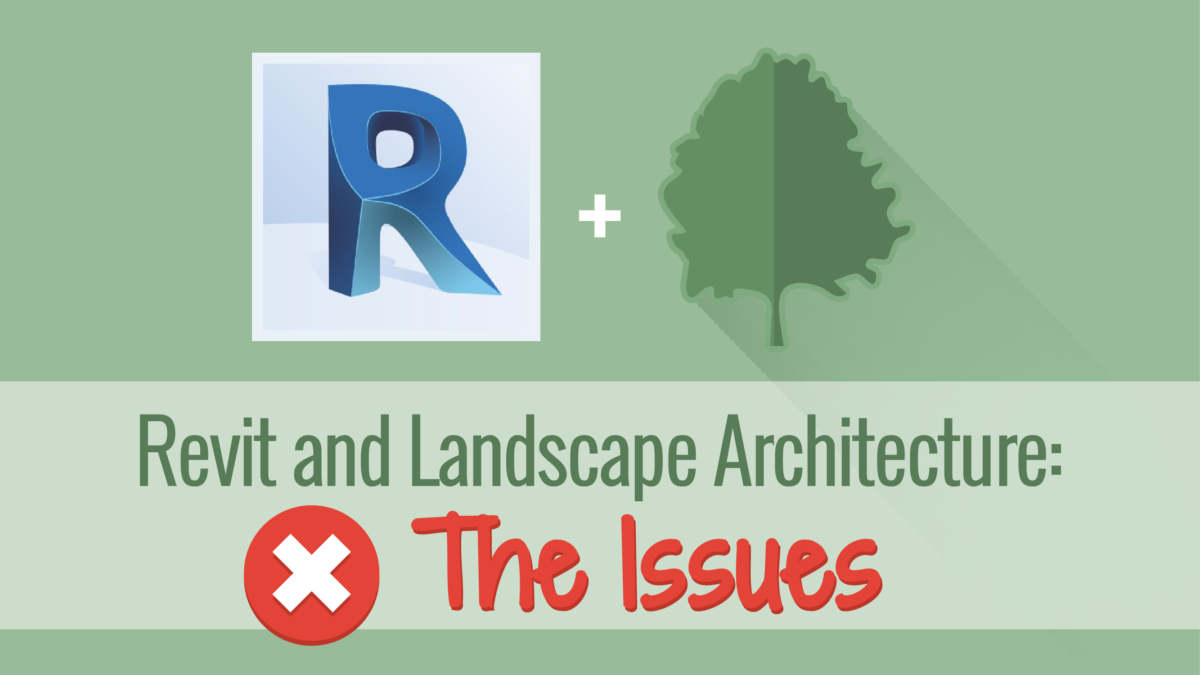

More advanced capabilities such as irrigation plans, which would require working with MEP elements in Revit, are also on the roadmap. Additional features currently under development are a set of tools for the automation of graded regions, more accurate cut-and-fill calculations, presentation road markings, and array placement along a path. Given how new the Environment plug-in is, I was extremely impressed that it has already developed into a tool that professional landscape architects can use on their Revit projects, with capabilities for modeling terrain from scratch, visualizing and analyzing topography, creating outdoor walls and railings quickly along sloped surfaces, and other useful tasks. Automatically numbering the parking spots in a model. Let’s see what it can do for landscape architects.įigure 10. These additional capabilities are well suited to being developed in the form of a plug-in to a BIM application, and I recently came across one for Revit called Environment (Figure 1). for which the same BIM tool that is being used for architectural design can be used - there are other functionalities such as creating terrain models, modeling retaining walls along slopes, planning the planting strategy, designing parking, drawing up irrigation plans, etc., which require dedicated tools. While this is true to a certain extent - there are some outdoor structures such as steps, planters, walls, decks, pergolas, gazebos, etc.

Of course, it can be argued that landscape architects don’t need a separate BIM tool - they can just use the BIM tools the architects are using. Not only does this prevent landscape architects from availing of the many benefits of BIM that their architectural and engineering colleagues are enjoying, it also makes it difficult for them to be an integral part of the building team early on when the most critical decisions about the building design are made. For the most part, landscape architects are still working in 2D CAD, even if the corresponding building design has been done using BIM. (See the recent article, “ BIM Software for Infrastructure.”) However, tools that extend BIM to the comparatively smaller domain of landscape architecture are almost non-existent. The AEC technology industry has been seeing increasing momentum in the extension of the model-based concept of BIM to the design and development of infrastructure projects such as roads, railways, and bridges, with several tools targeted towards civil engineers.


 0 kommentar(er)
0 kommentar(er)
